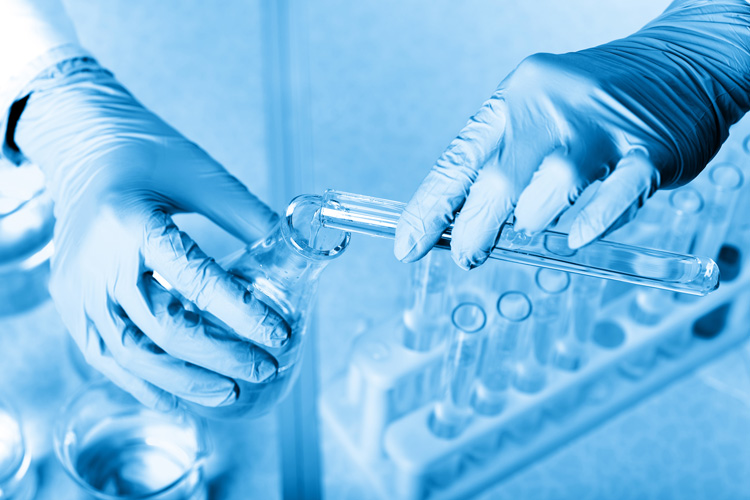+86-13961672821
+86-510-86268020
trust@hi2000.com
trust@hi2000.com
Room 807,No.169 Changjiang road,Huifu plaza,New centre,Jiangyin,Jiangsu China



Views: 0 Author: Site Editor Publish Time: 2025-09-06 Origin: Site









Hydroxyethylidene diphosphonic acid—better known to plant engineers and chemical formulators as HEDP—has quietly become the Swiss-army-knife of water treatment. It chelates hard-water ions the way a carpenter’s clamp grabs a tenon: firmly, precisely, and with just enough give to keep things in place. That talent secures its place in two very different but equally punishing arenas: massive circulating-cooling circuits and high-gloss electroplating baths. Let’s look at what is actually happening inside those systems and why HEDP keeps winning the day.
From the outside, a 200-m-high cooling tower looks passive—water in, water out. Behind the scenes, brute-force chemistry is under way millions of liters pick up calcium, magnesium, chlorides, and oxygen while passing through heat exchangers running 80 °C or hotter.
• 80 % of a plant’s lost efficiency usually traces back to the paper-thin layer of CaCO₃ no thicker than a coat of paint but a thousand-fold less conductive.
• Layer after layer, the calcite crust jacks up back-pressure, forcing pumps to work harder—think of adding a sandbag to every section of pipe.
• Meanwhile, the same water bathes carbon-steel tubes in an electrolytic soup, inviting pitting so aggressive that a 4 mm wall can perforate in months, not years.
Scale inhibition: The molecule’s two phosphonate moieties act like molecular Velcro, latching onto Ca²⁺/Mg²⁺ ions long before they find a partner in CO₃²⁻ or SO₄²⁻. Result: crystals have no dancing partners, so they stay nanoparticles that drift harmlessly out with the bleed-off.
Dispersion: HEDP’s negative sites micro-charge any flecks that do appear; like magnets of the same pole, they refuse to clump.
Corrosion control: Where metal meets water, HEDP assembles a ten-to-twenty-nanometre passivation film—basically passport control for corrosive anions. Chloride ions are turned away at the border; oxidation half-cells starve for ions and stall.
• Dose and forget: 1–5 mg L⁻¹ often suffices even when calcium hardness cruises north of 500 mg L⁻¹ as CaCO₃. Traditional phosphate programs can demand ten times the inventory.
• Thermal headroom: Field logs from petrochemical sites confirm stable residuals up to 200 °C—handy after a 600 MW gas-turbine drives condensate temperatures near the boil.
• Regulation friendly: OECD biodegradation tests place HEDP in the “readily, mainly primary” bin, giving a sustainability officer room to breathe amid tightening phosphate-discharge rules.
Electroplaters share a common fear: a blemish on a single bumper, connector, or surgical instrument can wipe out weeks of slim-margin output. Two threats stalk every bath: wayward metal-ion precipitation and parasitic anode corrosion.
High-sulfate nickel baths run at pH 2—harsh enough to eat anodes for breakfast. Meanwhile, stray Fe³⁺ or Cu²⁺ from the bright-coat rack can reach 5–15 ppm. Hit the wrong supersaturation window and iron hydroxide crash-lands on the cathode, creating a speckled mess you can’t polish away.
Chelation curtain call: Bonding constants logK ≈ 25-30 lock up ferric and cupric ions tighter than cyanide, preventing those hydroxides—and equally disruptive carbonates—from ever forming. You thus gain day-to-day plating uniformity without rolling the dice on pH drift.
Interface stewardship: An oxide-free surface on both anode and workpiece means current flows exactly where you want it. A microfilm of HEDP does the trick, so copper meets nickel at the molecular Velcro level, not across a crumbly oxide mess. Throw in a few ppm of brightener, and the result: mirror-shine chrome with no extra buffing step.
• One additive, any pH: Sloshing from sulfuric-copper (pH ≈2) to alkaline zinc (pH≈ 12) with the same dosing skid keeps inventory—and mistakes—down.
• Happy coexistence: HEDP doesn’t spar with the common surfactant/brightener packages—think quaternary amines or saccharin—so cup tests on current density still read textbook.
• Bath life stretcher: Titrations in daily logs show easily 2–3× extension; fewer dumps mean fewer spent-acid shipments to a TSD facility and up to 30 % lower cash burn on chemicals.
Whether you are scaling up a petro-chemical circuit to full baseload or dialing in a 0.3-µm connector plating for 5G base-station boards, the underlying killer hides in plain sight: unwanted chemical films. HEDP’s knack for keeping metal surfaces cleanly wetted and scale-free slashes opex, clears environmental hurdles, and, frankly, makes plant managers sleep better. Industry is only beginning to push operating envelopes hotter, tighter, and faster; those sleepless nights are the very reason HEDP is booked for overtime.